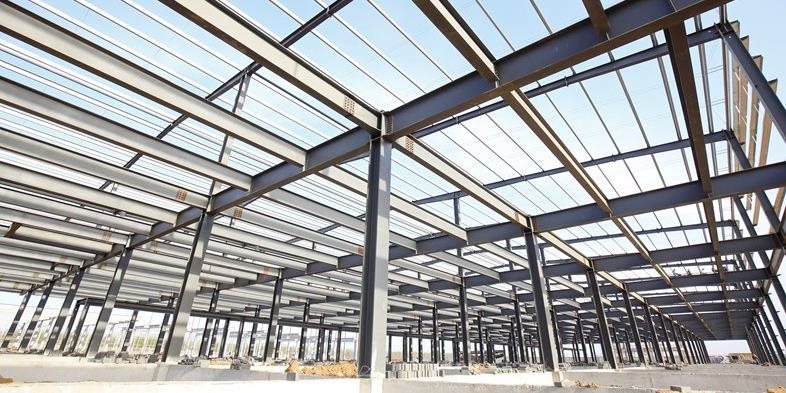Optimizing the relationship between technology and the construction and infrastructure industry

On March 25, 2021, Osler lawyers Simon Hodgett and Andrew Wong, along with Rosemarie Lipman, Chief Information Officer and Senior Vice President, Digital and Data Engineering at EllisDon, offered a seminar on how technology is transforming the construction and infrastructure sector.
In particular, the seminar covered the use of technology to assist in the consolidation and integration of services in construction projects and the effective collection and use of data related to those projects. This blog post summarizes some key takeaways from the presentation.
Consolidation and integration
Traditionally, there are multiple participants involved in construction projects, with each stakeholder responsible for a different aspect of the project. Engineers and architects are responsible for project design. General contractors and their subcontractors and suppliers will construct the project. And the owner, along with its service providers, will operate and maintain the finished project. Technology can help integrate and consolidate these different aspects of the project by facilitating co-operation and collaboration among the project team.
Software can be used to drive unification by connecting the digital and the physical across the design, construction, operation and maintenance of a project and by improving current processes to break down silos between participants. Unification is achieved by using tools that enable subcontractors and suppliers to communicate and collaborate effectively with all project stakeholders, by creating a digital representation of the project as designed and as built that helps to ensure certainty and eliminate risk, and by connecting clients to real-time information and knowledge related to the design, construction and operation of their project and portfolio. This allows a service provider to leverage its knowledge and expertise to offer “cradle to grave” services to an owner for their project.
Intelligent and effective use of data
Standardized data collection by contractors can form the basis of additional value-added services. The most common uses for construction data are often in the operation and maintenance of the completed project. For example, building information modelling involves the creation of a 3D model of the completed project that shows each architectural element and the interactions between different elements. When this is layered with data on the use of the building, maintenance can be systematized and prioritized to optimize the user experience and to create cost efficiencies. Further, artificial intelligence can be used to process large data sets and to predict these cost efficiencies.
However, parties need to be aware of the legal issues associated with this approach. Ownership of the data set, and any derivative data, must be established. Technology supply contracts, including software as a service (SaaS) contracts, must be carefully drafted to avoid gaps and redundancies in the processing of data. Finally, the personal information and privacy rights of users must be protected.
Privacy presents a significant risk area. Cybersecurity breaches involving personal information are costly, could have deleterious effects on the reputation of parties and could undermine the relationships of trust that are necessary for the efficient collection and use of data.
Summary
Consolidation in the construction industry is creating new opportunities for service providers to measure and quantify the user experience in the built environment and to support users in achieving their objectives. Technology, including artificial intelligence and machine learning, will likely continue to be the main driver in this area. Certain legal risks arise in this context. Osler’s Construction, Technology, and Privacy lawyers are able to advise on the full suite of commercial contracts and relationships that are required to optimize and use technology and data in the construction and infrastructure industry.